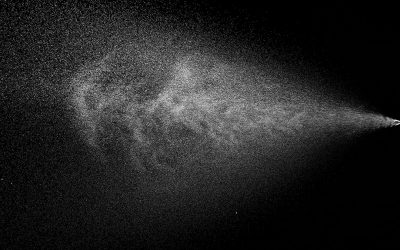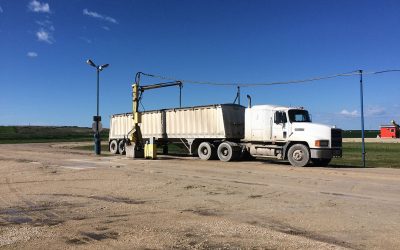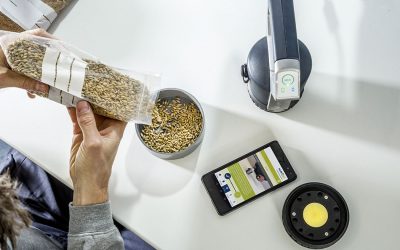Do you know where your inventory is?

It is an important question! We all have to deal with inventory shrink in our feed operations. Do you know where your shrink is occurring? Storage? Material Handling equipment? Theft? All of the above?
Technologies around sensors and information systems have been evolving to make answering these questions easier. The data needed is getting easier to measure and the information systems are able to process that data.
The technology is only part of the solution though. It is one thing to be able to measure what your ingredient shrinkage is at each step in your production process. It is quite another task to manage the causes of this shrink.
Some causes such as theft are easy to resolve. We have several customers that prior to implementing a good inventory management solution did not even know that inventory was being stolen. They just thought that their mill had an inefficient production system.
Once you have a system in place to keep accurate inventory and identify the areas where shrink is occurring you need to create a management plan to address those losses. Are the losses from shrink in each area worth expending resources to fix? How do you know?
There are some numbers on average shrink available for the feed industry, but these are typically broad averages for the overall production. To manage shrink you have to know how the shrink you have in your production line compares with other similar feed companies. Using benchmarks for comparison, you can allocate your resources to solving those issues that give you the greatest payback. If the average shrinkage of a product through a bagging line similar to yours is 2% and your shrinkage is 2.1% is it worth expending resources to fix?
Why worry about it? The math is pretty simple. If you produce 100,000 tons of feed per year that is worth USD$300 per ton and have an average shrink of 1.5%, you are losing USD$450,000. Just reducing shrink from 1.5% to 1.0% will add USD$150,000 to your margin! Is that enough value to justify managing inventory and shrink better?
How are you managing shrink today?











